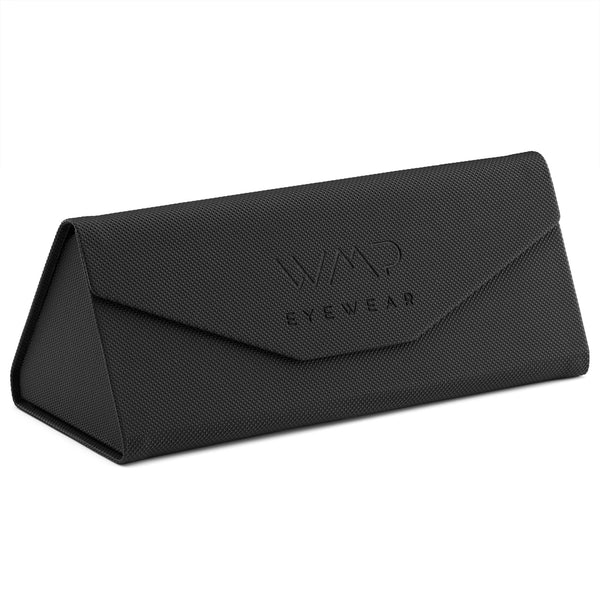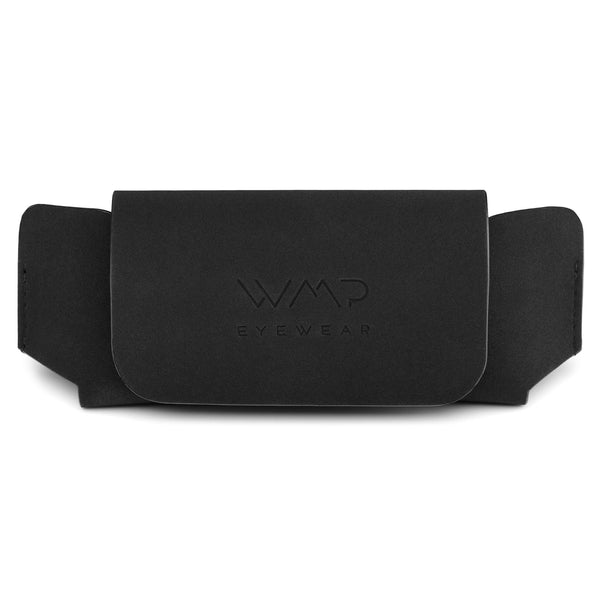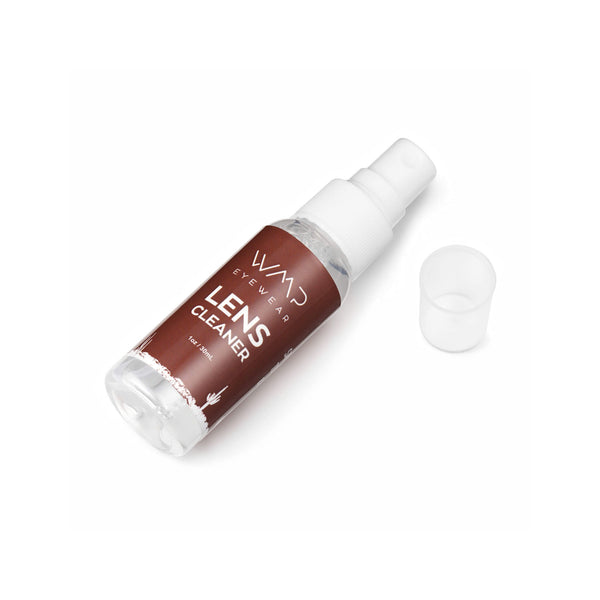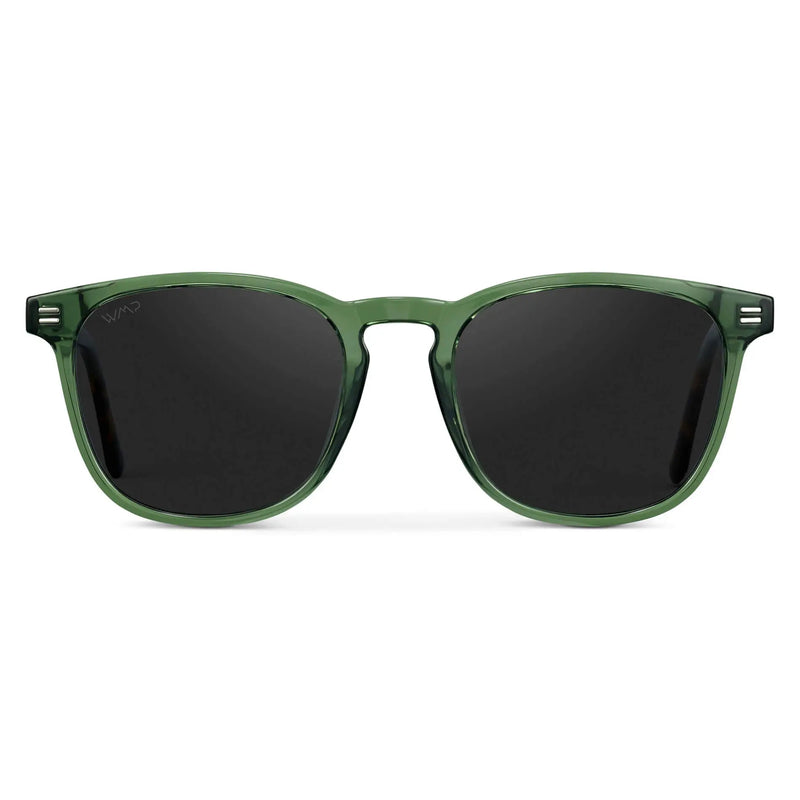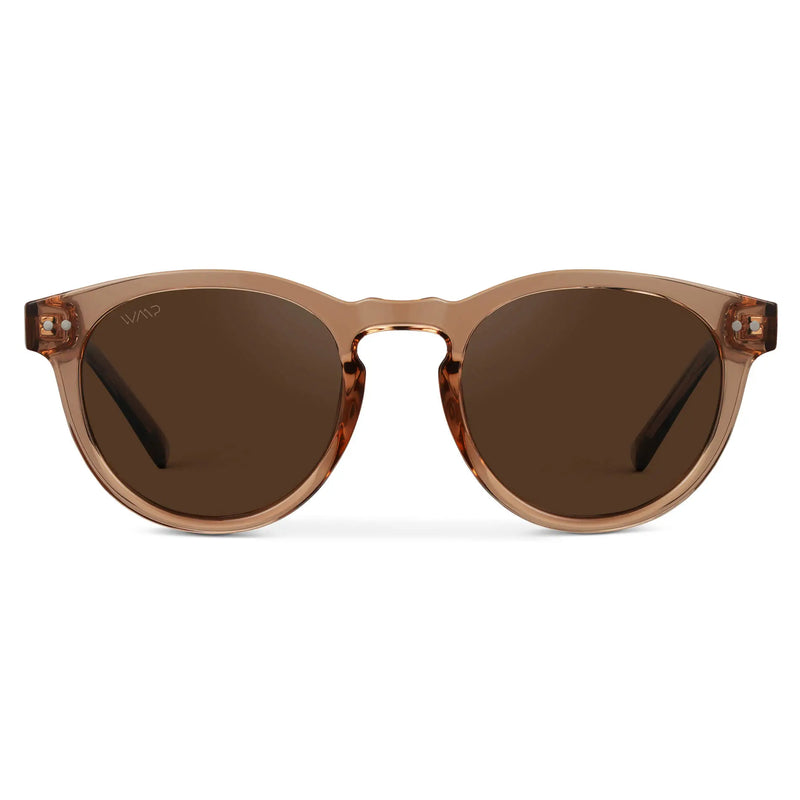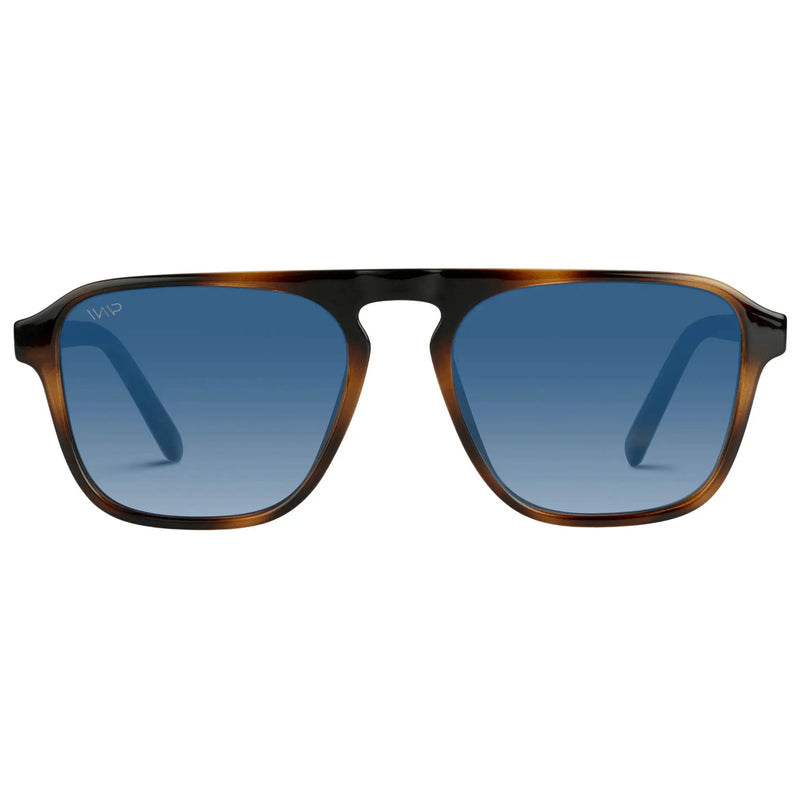New Glasses Giving You Headaches? Here’s Why

The workday is long, so you want to hang out with your friends and family when it’s over. It can feel so frustrating when a new pair of glasses gives you a killer headache, forcing you to cancel your plans and lay down at home rather than check out that new craft brewery you’ve been dying to go to.
If you’re experiencing a new glasses headache, you’re not alone. It’s pretty common but that doesn’t mean you have to suffer through the pain. We’ll go over what causes a headache with new eyeglasses and how you can fix the symptoms.

Why Are My New Glasses Causing Headaches?
Your new glasses could be causing you headaches due to a new prescription, specialty lenses, the wrong pupillary distance, or the improper size frame.
New Prescription
If your optometrist had to give you a new prescription, odds are that’s causing your headache. Whenever your prescription changes, your eye muscles have to learn how to see through the lens. This causes strain for a couple of days while the muscles are learning to work differently.
Specialty Lenses
Any major change, like a new prescription, causes your eye muscles to strain while they get used to it. The same goes for specialty lenses like bifocals or progressive lenses, which can cause blurred vision and headaches.
You may see items jump around in your vision when switching between the prescription types. This can make it hard to focus until you’ve grown accustomed to the specialized lenses, which can take a few days or up to a month.
Wrong Pupillary Distance
The pupillary distance (PD) is the measurement from the middle of one eye’s pupil to the middle of the other eye’s pupil. The PD ensures that the prescription focuses on the center of your eyes and maximizes vision.
If the PD is wrong, it causes symptoms like dizziness, nausea, headaches, and even migraines because of the incorrect focal point.
Improper Size Frame
Glasses can give you a headache if the frames are fitted poorly. Glasses frames should sit comfortably on the face, not so tight that the arms press against your temples. If your frames feel too tight in the arms or on your nose, they can cause pain after wearing them for a couple of hours.
Some people also experience headaches from frames that fit too heavily on their faces. If you wear metal glasses or ones with thick frames, look instead for lightweight acetate frames made for comfortable all-day wear.

How to Fix New Glasses Headache/Migraine Symptoms
Stick with Your New Frames
It can be tempting to go back to your old glasses when your new ones give you headaches. But that will only make it take longer for you to get used to the new prescription that you actually need.
While most people only take two to three days to get used to a new prescription and experience relief from their headaches, for some others it can take up to two weeks, so don’t give up too early. Wear your new frames all day and try to take them off as little as possible so your eyes can become used to the prescription.
Relieve Pain with Medication
While you’re sticking it out with your new glasses, you don’t have to suffer through the headaches without any help. As long as you follow the instructions listed on the bottle, you can try taking an over-the-counter (OTC) medication to relieve the pain. Of course, if you have any questions or concerns, you should talk to your doctor about the right choice.
Common over-the-counter products for headache pain relief include:
Acetaminophen (Tylenol®)
Aspirin
Ibuprofen (Advil®)
Naproxen sodium (Aleve)
Give Your Eyes a Break
To help prevent headaches, take care of yourself and rest your eye muscles periodically. Take your glasses off for 10 to 15 minutes at a time every couple of hours. For the best relaxation, turn the lights off and sit in a dark room with your glasses off. Try to keep your face, jaw, and eyes completely relaxed.
If you have a hard time relaxing, you can do a short meditation on your phone with something like the Calm app to rest your eyes and track the time that your glasses are off.
Don’t leave your glasses off for more than 15 minutes, or else it will take even longer for your eyes to adjust to the prescription.
When to See Your Eye Doctor
If it’s been a week or two and your new glasses headaches simply won’t go away or the symptoms are impeding your quality of life, you should make an appointment to see your eye doctor for more information. They will most likely have you sit down for another eye exam to test the prescription or see if you need to have your frames resized.

Frequently Asked Questions
How Do You Get Rid of a Headache From New Glasses?
To get rid of a headache from new glasses, you have to wear them for a couple of days for your eyes to become used to the new prescription. For some people, it only takes a day or two, and for others, it can take up to two weeks.
While you’re adjusting to the new prescription, you you can take OTC medication to relieve headaches, including acetaminophen (Tylenol®), aspirin, ibuprofen (Advil®), or naproxen sodium (Aleve).
How Long Does Your Eyes Take To Adjust to New Glasses?
Your eyes need anywhere from two to three days or up to two weeks to adjust to new glasses, or up to a month if you have specialty lenses like progressive ones. A new prescription forces your eye muscles to look through the lens differently, and it takes a couple of days for the muscles to use the new glasses without eye strain or headache.
What Happens if Your Glasses Prescription Is Too Strong?
If your glasses prescription is too strong, it’ll be difficult for you to see and you’ll start to develop symptoms including headaches, nausea, migraines, blurred vision, or dizziness.
If you’re experiencing headaches and other symptoms for more than two weeks or can’t focus on anything clearly in your new eyeglasses, then you need to go back to an eye doctor or vision specialist for a different prescription.
